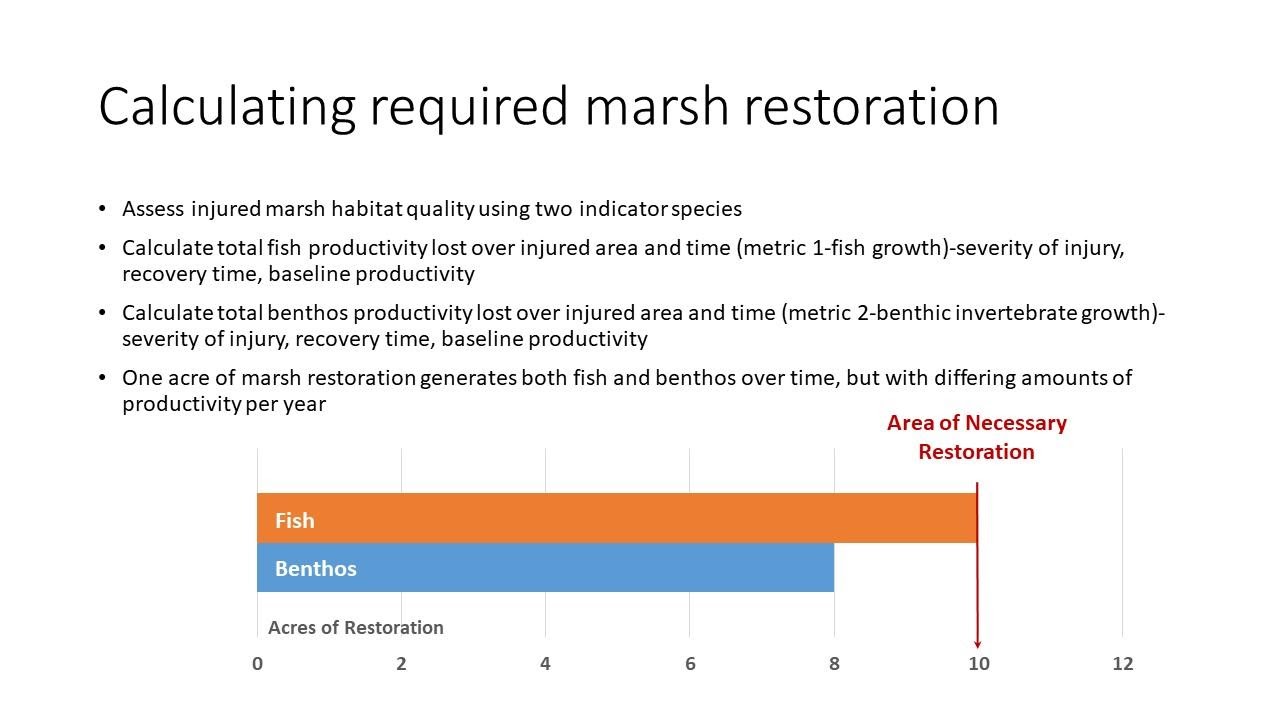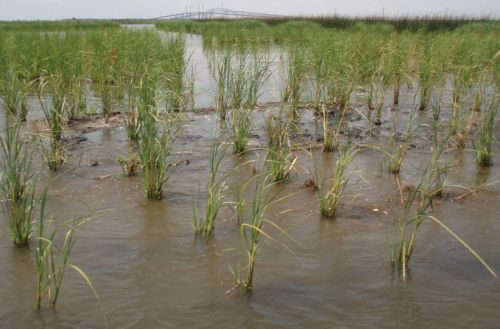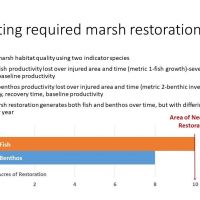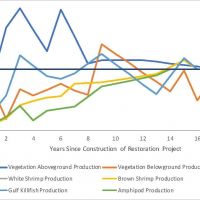New Publication on the Habitat Based Resource Equivalency Method (HaBREM)
JANUARY 13, 2020 — OR&R led a team of NOAA and Department of Interior scientists in publishing an improved method for determining how much, and what type of environmental restoration will compensate for ecological injuries that result from releases of hazardous substances or oil spills.
The Habitat Based Resource Equivalency Method (HaBREM) evaluates injury to habitat and restoration needs using organisms that use the habitat to represent ecological habitat functions. This method expands and refines the use of organism-based metrics, providing an opportunity to integrate sublethal injuries to multiple species, as well as the potential to include error rates for injury and restoration parameters.
HaBREM may be most effective where there are appropriate data supporting the linkage between habitat and species gains (particularly regionally-specific habitat information), as well as species-specific monitoring data and predictions on the growth, density, productivity (i.e., rate of generation of biomass or individuals), and age distributions of indicator species. The publication also compares and contrasts available scaling methods and will serve as a reference document and the basis of future training for natural resource damage assessment (NRDA) practitioners, and is available online.
Please contact Mary.Baker@noaa.gov or Jason.Murray@noaa.gov for more information.
more images


 An official website of the United States government.
An official website of the United States government.



